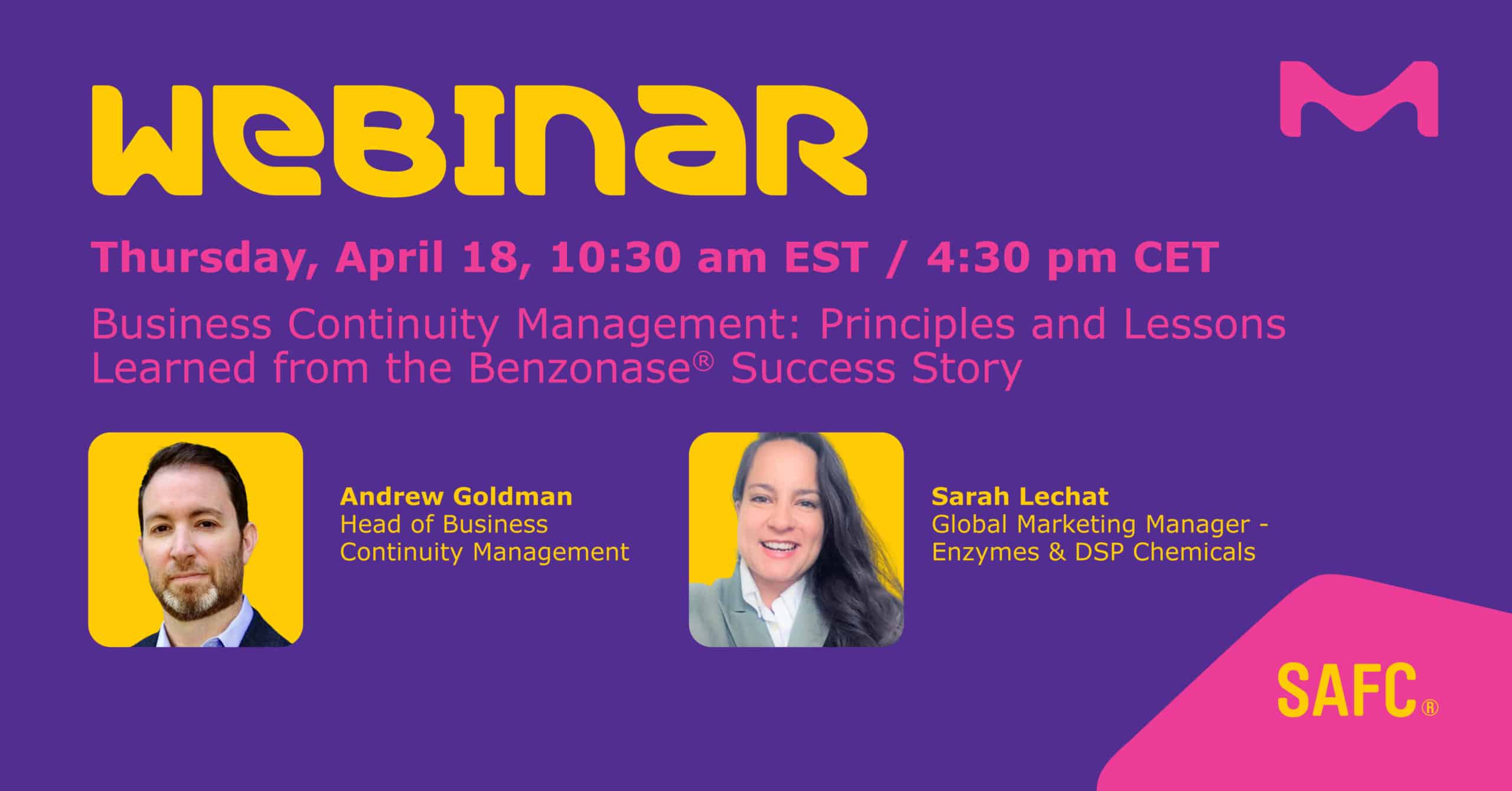mAb, ADC, recombinant
Taking the Lead: Establishing the First GMP Guideline for Cell Culture Media
While cell culture media products play a critical role in the production of many types of therapeutics, there were no specific regulations or GMP certifications governing their use.
• Historically, cell culture media producers used ISO 9001, ISO 13485, and 21 CFR Part 820 to demonstrate product quality and consistency.
• A review of existing standards (ANSI, NSF, ICH, CFR, IPEC-PQG) revealed they were not applicable to cell culture media production processes.
• Merck KGaA, Darmstadt, Germany collaborated with EXCiPACT and industry experts to create a GMP standard for cell culture media, applying the EXCiPACT GMP excipient standard to pharmaceutical auxiliary materials (PAMs), which include cell culture media.











